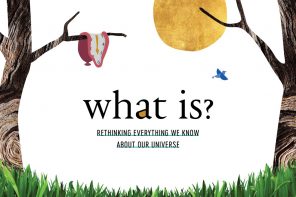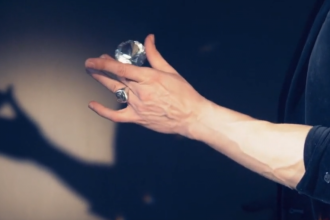Ever since our father Abraham first recognized the Creator and established a personal relationship with Him, his descendants have been in conflict with the rest of the world. This discord has assumed a wide variety of formats throughout history. The Jews have been in conflict with idol worshippers, Hellenists, Christians, Moslems, communists, secularists, and so on. Indeed, it would appear that the only limit to the number of clashes is the number of identifiable non-Jewish, or more accurately, non-Torah, world views.
Given the numerous and varied expressions of contention between the Torah perspective and other views of reality, it might be assumed that there are many grounds for controversy and that the nature of each dispute is determined by a unique set of conflicting suppositions. For example, one might assume that the roots of the conflict between the Torah and Christianity are fundamentally different from those underlying the incompatibility between Torah and the concept of biological evolution.
If such were indeed the case, it would seem to indicate that the Torah Jew is in an intellectually untenable position and that it is only stubbornness, perversity, and a debilitating isolationism that spur him on in his endless war on multiple fronts. How is it possible for the Torah Jew to maintain an immutable, unique view that is in conflict with so many systems of thought, produced by so many great minds throughout history?
The answer is that the situation is far more simple than it appears at first glance. There is really only one bone of contention and there are really only two conflicting viewpoints: Torah Judaism and everything else. The bone of contention is the principle of “something from something,” which is the unifying, fundamental premise on which each of the many components of the “everything else” category is based. The antithesis of “something from something” is the principle of “something from nothing,” which is the foundation of the Torah view of existence.
To continue reading, please click here.
Published with permission from Chabad.org.


